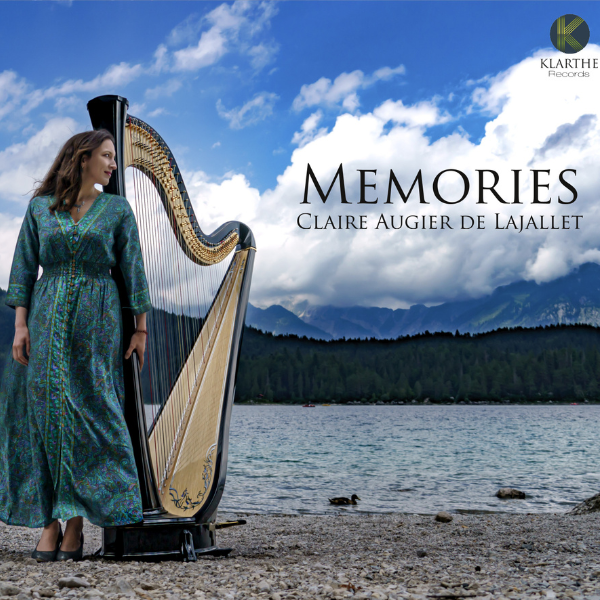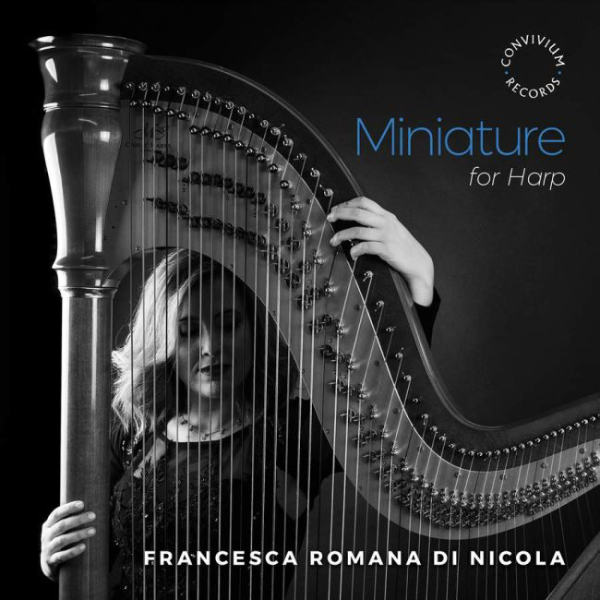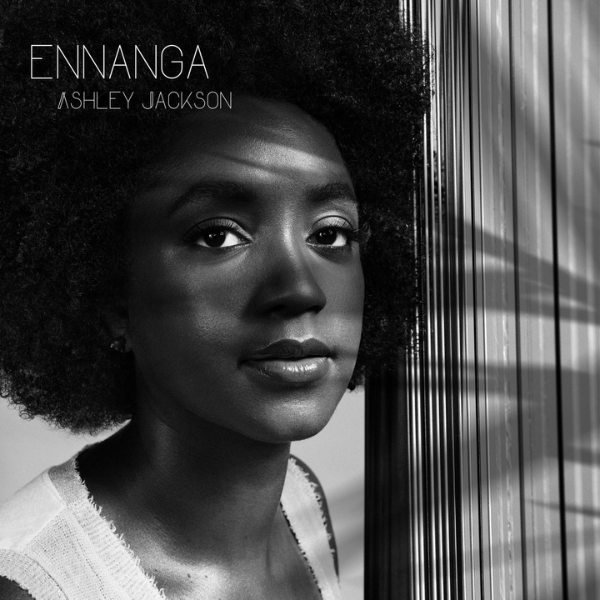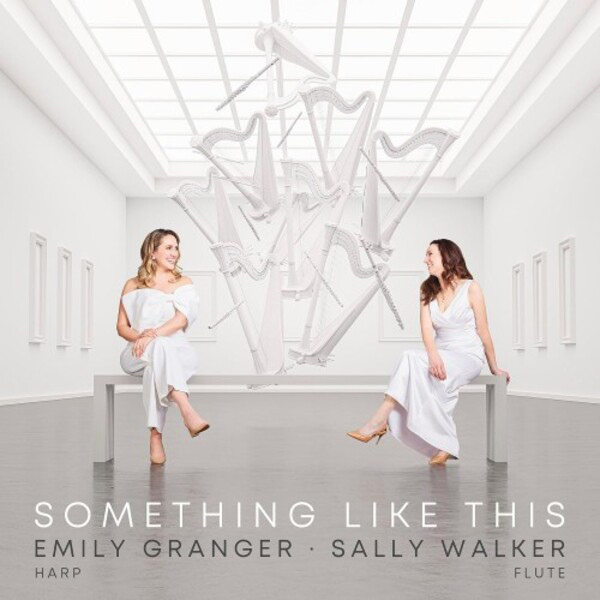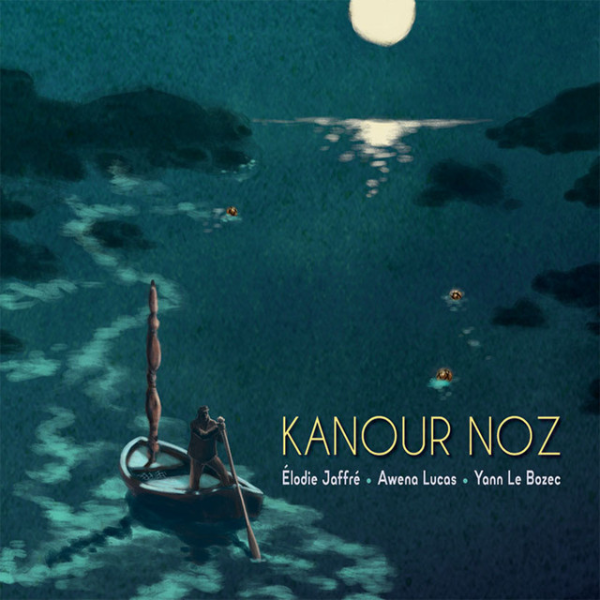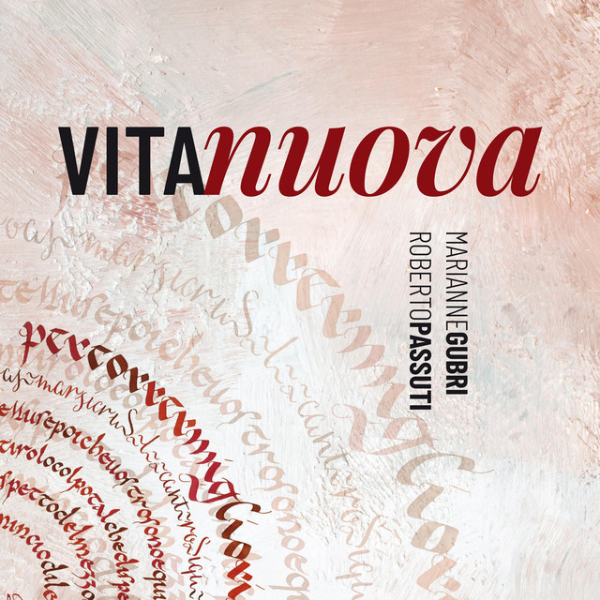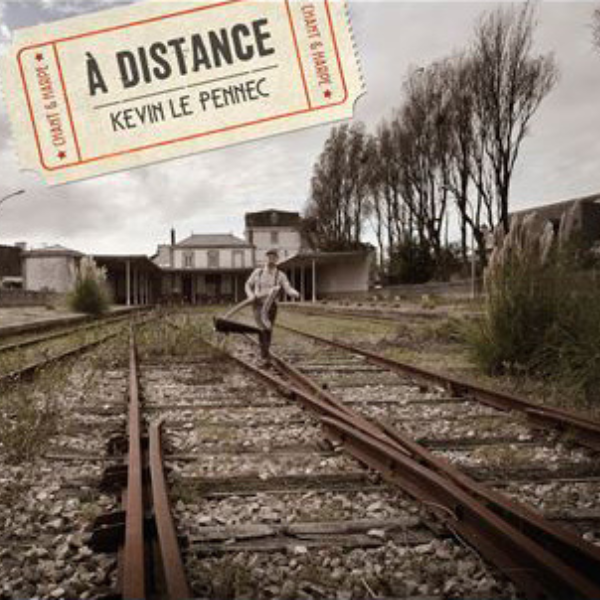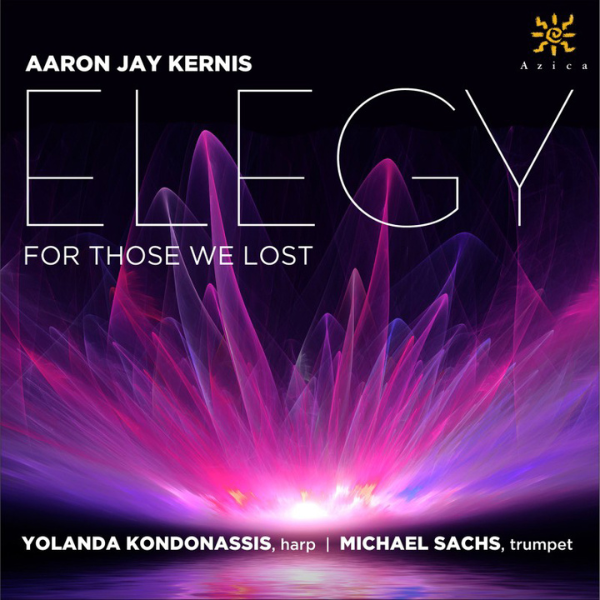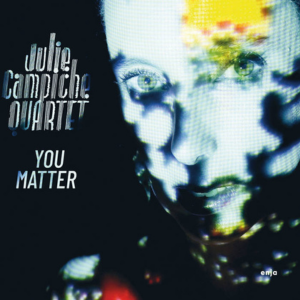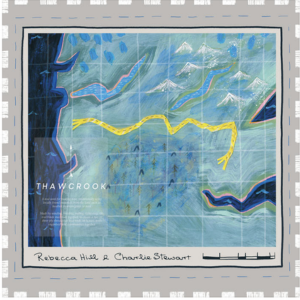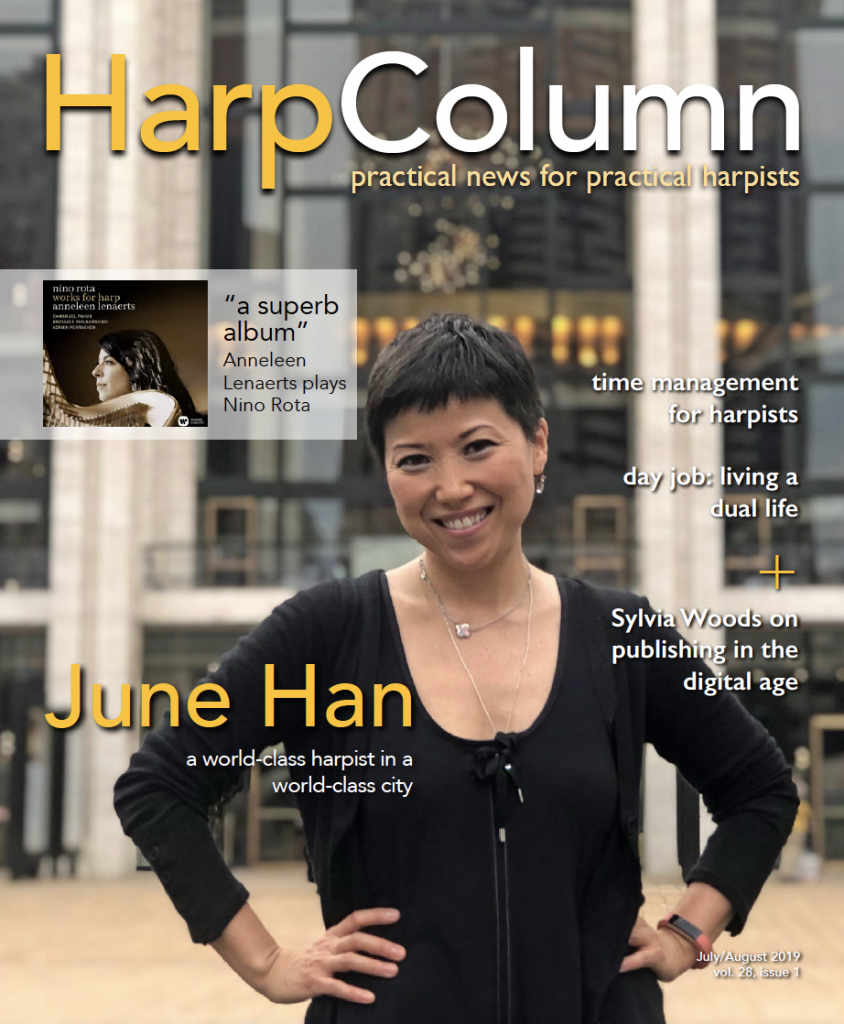
10/10
Anneleen Lenaerts, harp.
Warner Classics, 2019
Vienna Philharmonic Orchestra principal harpist and international superstar harpist Anneleen Lenaerts never got her driver’s license. She told the New York Times last December that her parents purchased a bigger car when she was a pre-teen to accommodate her many classes and lessons, and she is ever grateful they never balked at the bulk of her harp. But with such a busy schedule in the intervening decades—and a skyrocketing career trajectory—she just never got around to learning how to drive herself. How she managed to arrive in Vienna, harp in tow, nine years ago and take an audition, uncertain she even wanted to play in an orchestra, is anyone’s guess. But as they say, the rest is history.
Lenaerts’ playing has that rare quality of technical brilliance and self-assuredness—there’s a kind of naturalness to her playing—plus something more that you know when you hear it, but can’t quite put your finger on. You might call it generosity, and that’s no surprise as many comment on the fact that she is a musician who has remained an open, positive, and kind person even from the lofty musical heights she has attained. In Anneleen Lenaerts’ new disc of original and arranged works by Nino Rota, you can hear this almost complete giving over of herself in the service of the music. Spectacularly played both as soloist and as collaborator, this is a collection that belongs in every serious harpist’s library.
Nino Rota is likely best known as Italian film director Federico Fellini’s right-hand man. Fellini saw his work as worthy of the “celestial spheres,” full of imagination and, oddly, in no need of images to conjure a creative imagination. Lenaerts riffs on this idea, saying he “takes you on a trip full of images and true emotions. Even without a movie you can picture a story to it.” While Rota’s harp concerto gives no emotional or visual directive other than tempo markings, there is sheer delight in this neo-classic work worthy of early spring, the lyrical and the playful flirting with one another as the days get longer and warmer. Lenaerts gives the music just the right Italianate feel, never venturing into the ponderous, even in the Andante, which Adrien Perruchon and the beautifully polished Brussels Philharmonic keep moving in a satisfying introspective manner.
Flutist Emmanual Pahud praised working with Lenaerts as “absolutely natural” and “joyful.” Their partnership is indeed ideal, both bringing a bright, but dolce quality to the sonata, where the flute begins to sound articulate as the harp, and the harp as lyrical as the flute. There are few pieces of this breadth and caliber for flute and harp—and few with the chance for such a range of expression. They pull it off with exacting precision, changing moods like scenes in a fast-paced film.
Lenaerts absolutely blossoms when she takes control of the entire soundscape, harp all alone in the Sarabande and Toccata. She sees it as a kind of distillation of the concerto in miniature where phrases are freed from the constraints of time—and our hearts are freed of both time and place. I dare you to turn your attention away while listening to such a bewitching performance.
It would not be a Nino Rota album without a taste of some of his most recognizable and celebrated movie scores, most notably The Godfather, La Dolce Vita, and Romeo and Juliet. However, I found myself most enchanted by the less familiar themes from the Prokofiev-esque Death on the Nile as well as the Overture to Taming of the Shrew, both in crafty arrangements by Daniel Capelletti. In this portion of the disc, Lenaerts shows her openness to a bit of crossover and new things. A superb album.






